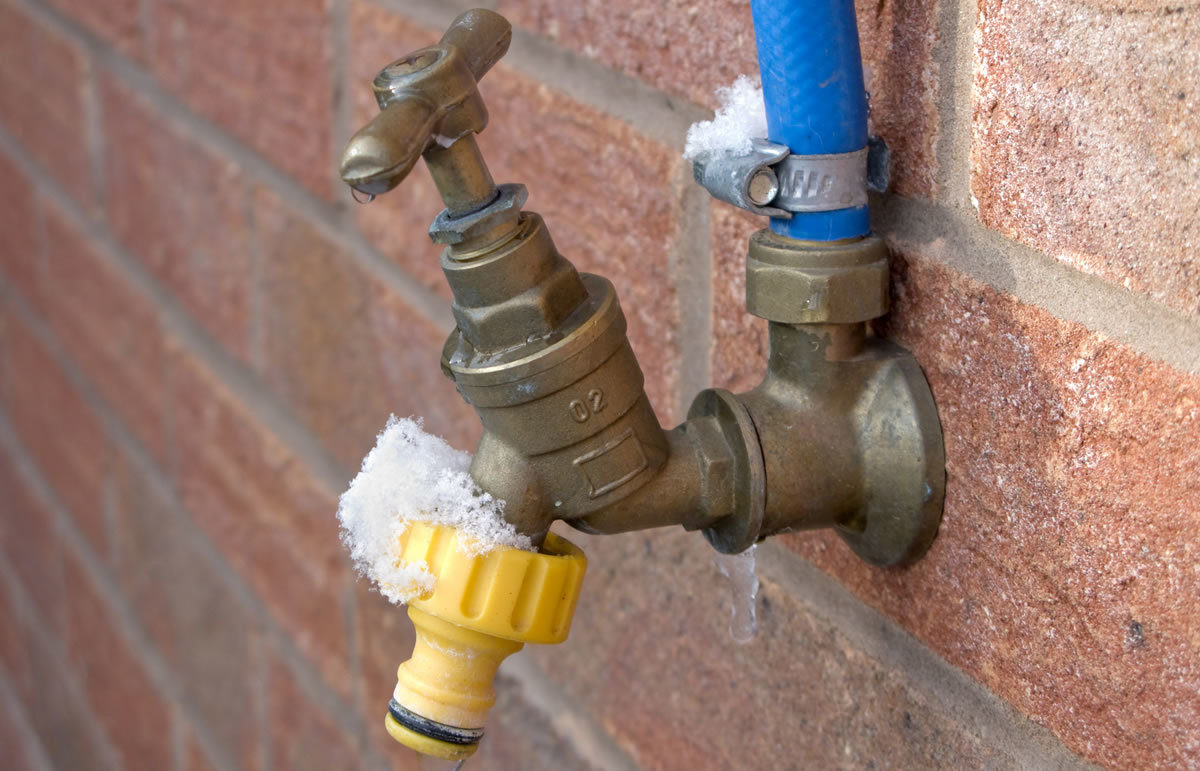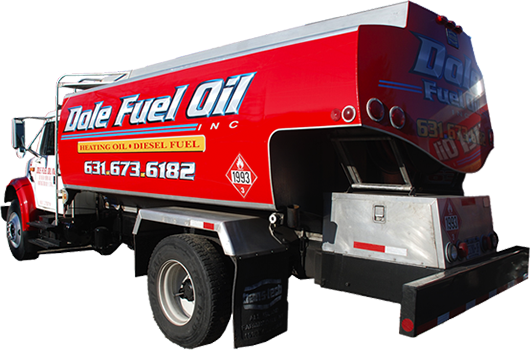During the cold Long Island winter, frozen pipes are a common nuisance for our customers. Plumbing pipes that are not properly insulated cannot handle the frigid temperatures that hit our area in January and February. When the thermometer dips well below 0˚F, these pipes have a tendency to freeze, and in some cases, burst. There are some simple steps that homeowners can take to prevent this issue from happening.
1. Add Insulation
Insufficiently insulated pipes are the number one cause of frozen and burst water pipes. Pipes located in basements or attics – areas that are typically less insulated than the living spaces in your home - may need extra insulation to keep from freezing. Identify any other potential problems in areas where pipes may subject to severe cold, such as outdoor faucets, walls, ceiling, crawl spaces and windows.
Foam rubber or fiberglass sleeves can be fitted around your pipes to help decrease the chances of freezing. This can be an easy solution for pipes that are exposed, but can get expensive if walls, floors or ceilings have to be opened in order to properly insulate the pipe. Additional insulation can also be added to walls and ceilings to keep the pipes warm. In these areas, both hot and cold water pipes should be insulated.
2. Keep Faucet Dripping Slightly
Running water through the pipe helps prevent pipes from freezing Allowing cold water to drip from faucets served by exposed pipes will alleviate pressure in the system. Once a pipe freezes, the pressure that is created between the blockage and the faucet will cause the pipe to burst. By allowing the faucet to be open, you will prevent this pressure from building up and thus, the pipe from bursting.
3. Keep the Heat On
If you are going on vacation, or have a winter home in a warmer climate, it is imperative that you keep your heat on during the winter. Set the thermostat to no lower than 55° F both during the day, and at night. You may incur a higher heating bill, but you can prevent a much more costly repair job from pipe freezing. When pipes freeze, water pressure builds, causing cracks, whether the pipe is made of plastic, copper or steel. A tiny crack can unleash 250 gallons of water into your home in a day. That is most definitely not something you want to return to after being away on a relaxing vacation.
4. Disconnect Outside Water Hoses
Outdoor hoses that are left connected during freezing temperatures may freeze and expand, causing connecting faucets and pipes to freeze and break. As part of your regular seasonal maintenance, garden hoses should be disconnected, drained and stored before the first hard freeze. If you do not have frost-proof spigots, turn off the interior shut-off valve leading to that faucet. Open and drain the spigot, and install a faucet insulator. They are inexpensive and are worth every penny. Remember to winterize your outdoor kitchen to prevent damage.
5. Open Cabinet Doors
Pipes are often located inside cabinets. When the temperatures drop below freezing, it is a good idea to keep these doors open so that the heat from the rest of the house can keep the pipes warm as well. You should also keep all bedroom and bathroom doors open so that the heat can flow throughout the home.What to do if your pipes freeze?
If you suspect that your water pipes have frozen, these tips may help you thaw them out.
Before doing anything else, shut off the water supply to that section of plumbing, or the entire house if that is the only option. The frozen water may be acting as a plug, preventing water from spilling out of the cracks in your pipes. When that plug is thawed, water gushes out. Leave the faucets open until pipes thaw. As the frozen area starts to melt, water will flow and running water will help melt ice in the pipe.
Apply heat to the frozen area using an electric heating pad wrapped around the pipe, an electric hair dryer or towels soaked in hot water. Use a portable space heater, kept away from flammable materials, to warm inside cabinets. *Never leave heater unattended. Apply heat consistently until your full water pressure is restored. If you cannot find the frozen area, if the area is inaccessible, or if you are unable thaw the pipe yourself, call a licensed plumber.


